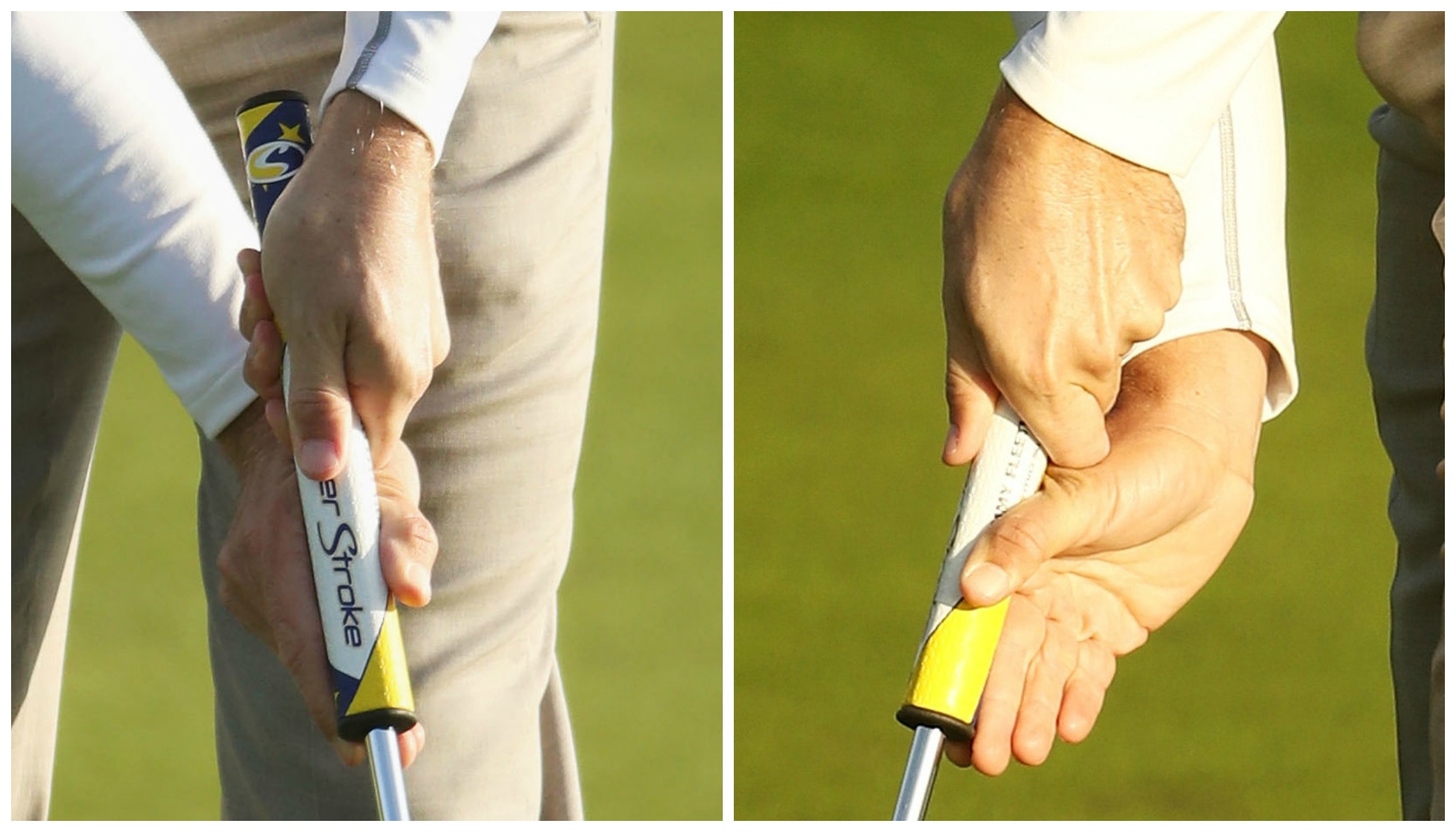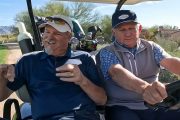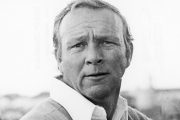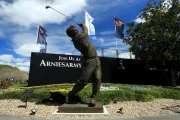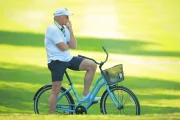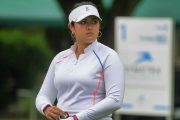One of the things professional golfers struggle with, more than any part of their games, is putting.
For confirmation of that, simply look at the number of non-traditional putting grips that have shown up on the PGA Tour over the past 10-15 years.
Today, we’ll bring in famed instructor Michael Breed to demonstrate some of those grips you’ve seen.
If you find yourself struggling with the flat-stick, you may want to get out on the practice putting green and simply experiment with different grips and you may find something that improves your putting.
Here are some of the grips Breed will demonstrate:
Pencil grip: One of the most high-profile players using it is Tommy Fleetwood, who has modified the standard pencil grip and made it his own. You can look at the above photo and see how Fleetwood places his right hand on the putter grip. One thing he also does is tuck his right elbow into his body for further stability. The main purpose of these non-traditional grips is there is less face movement on the putter.
Saw grip: One of the first high-profile guys to use the saw was Chris DiMarco. The saw grip or paintbrush grip as some call it, has the right hand across the front of the putter grip.
Reverse saw grip: Check out Miguel Angel Jimenez when he played a senior event. He reverses the saw and uses the left hand.
Left-arm anchor: Bradel Chamblee from The Golf Channel believes that anchoring the putter against the inside of the left arm should be outlawed. It’s the technique used by three very high-profile players — Webb Simpson, winner at The Heritage last week, Beast-man Bryson DeChambeau, Matt (Kooch The Caddie Mooch) Kuchar and Tony Finau. This technique is simple, players use a longer putter, set the grip on the inside of their left arm for stability. It’s nothing new, Bernhard Langer invented it back in the 80s when he basically took his right hand and pressed the grip of his putter into left arm.
Click on this link to watch Michael Breed demonstrate these various putting grips.
As Breed explained, these grips may help you improve your transition in the putting stroke, which is the part of putting that too many amateurs find challenging.
Most of all, figure out what works and PRACTICE!


